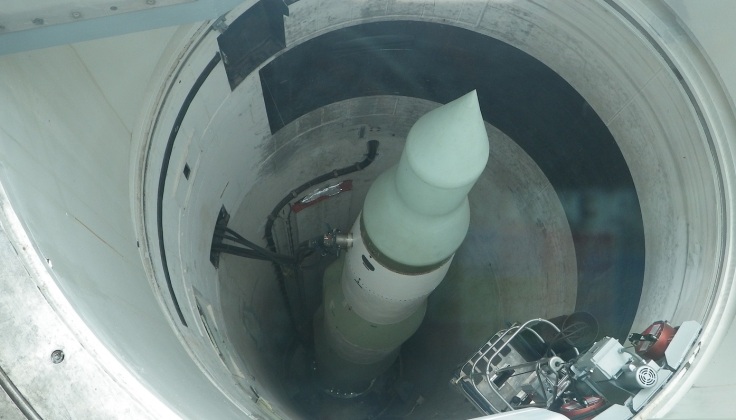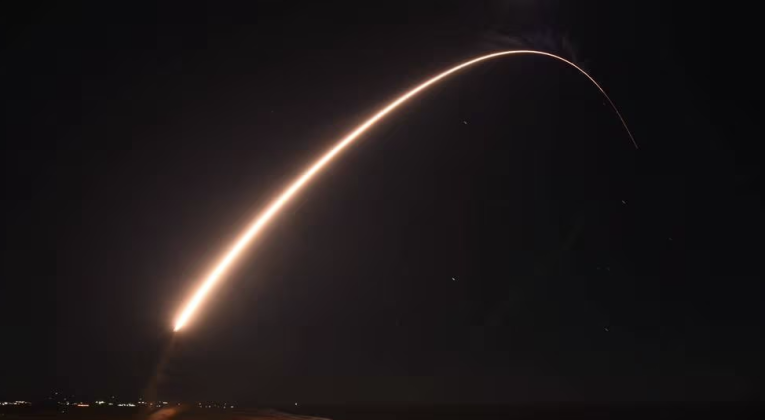News
Likelihood Grows of America Abandoning Nuclear Triad: Would ICBM Funds Be Better Used Elsewhere?
The LGM-35A Sentinel intercontinental ballistic missile (ICBM) currently under development for the United States Air Force is facing growing prospects of deep cuts and possible cancellation due to tremendous cost overruns very early in development, which have fuelled concerns that fielding such missiles may not be affordable. The Sentinel program’s cost was initially estimated at $96 billion, but new conditions indicate that costs per new missile may now be 50 percent higher. The revised cost for the planned 659 missiles could thus come close to $117 billion, with costs per missile expected to rise significantly further if less of them are built. Increases in the costs of labour and raw material costs have been a primary cause, with the program also requiring deep modernisation of existing half a century old missile infrastructure modernisation and the laying of an extensive fibre optic network across multiple states. Developed as a replacement for aging LGM-30G Minuteman III missiles, the latest estimates of the Sentinel’s costs indicate that these may exceed the Nunn-McCurdy Law limits – meaning cost growth exceeds the statutory thresholds of 25 percent more than prior estimates. The Minuteman III currently in service is America and the wider Western world’s sole class of ICBM and by far the oldest missile of its kind operational anywhere in the world at over 50 years, and has seen the development of a successor postponed for decades.

The latest reports of serious cost overruns follow a revelation by Secretary of the U.S. Air Force Frank Kendall November 14 warning that the Sentinel program was “struggling.” With America’s defence sector lacking any experience with a similar weapons program in the last half century, Kendall elaborated regarding the difficulties: “There are unknown unknowns that are surfacing that are affecting the [Sentinel] program. It’s been a very long time since we did an ICBM.” Issues with the program have raised calls to retire the Minuteman III without replacement, and instead increase funding for the other two arms of the American nuclear triad – ballistic missile submarines and strategic bombers. The B-21 bomber which first flew in November has seen calls repeatedly raised to build a fleet of over 200 aircraft, which diversion of funding from the Sentinel program could make much more feasible. Its predecessor the B-2 saw 83 percent of planned production numbers cut. America’s Ohio Class ballistic missile submarine, which has seen one quarter of planned production numbers cancelled, but could see its successor the Colombia Class currently under development funded to be fielded in greater numbers through hundreds of billions of dollars in savings from the Sentinel program’s cancellation.

The Minuteman III arsenal has itself deteriorated as the missiles have remained in use for decades past their originally intended service lives, with Commander of the United States Strategic Command Charles A Richard elaborating regarding their current state: “You cannot life-extend Minuteman III… It is getting past the point of [where] it’s not cost-effective to life-extend Minuteman III. You’re quickly getting to the point [where] you can’t do it at all.” The commander warned accordingly that the missiles were so obsolete that their original designers were dead and engineers no longer even had some of their necessary technical documentation. “That thing is so old that in some cases the [technical] drawings don’t exist anymore, or where we do have drawings, they’re like six generations behind the industry standard. And there’s not only [no one] working that can understand them – they’re not alive anymore,” he stated. Thus should the Sentinel program be cancelled, the only option for the Pentagon will be to cease fielding a full nuclear triad.












